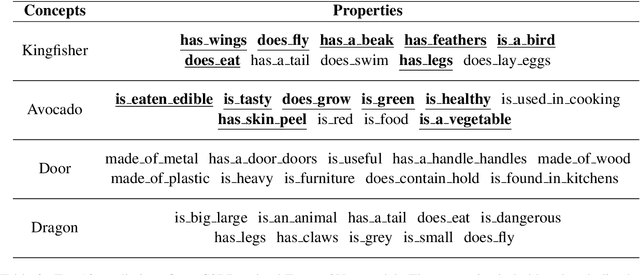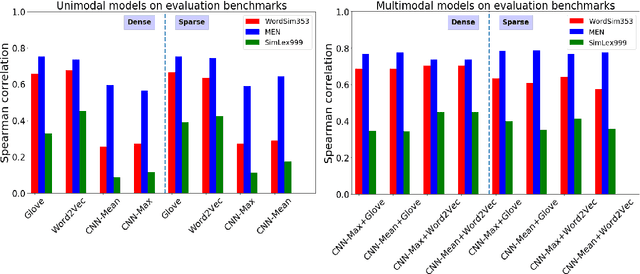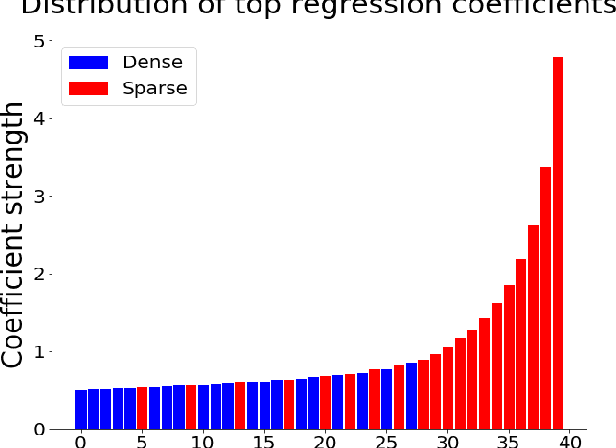Paul Miller
Hard-label based Small Query Black-box Adversarial Attack
Mar 09, 2024Abstract:We consider the hard label based black box adversarial attack setting which solely observes predicted classes from the target model. Most of the attack methods in this setting suffer from impractical number of queries required to achieve a successful attack. One approach to tackle this drawback is utilising the adversarial transferability between white box surrogate models and black box target model. However, the majority of the methods adopting this approach are soft label based to take the full advantage of zeroth order optimisation. Unlike mainstream methods, we propose a new practical setting of hard label based attack with an optimisation process guided by a pretrained surrogate model. Experiments show the proposed method significantly improves the query efficiency of the hard label based black-box attack across various target model architectures. We find the proposed method achieves approximately 5 times higher attack success rate compared to the benchmarks, especially at the small query budgets as 100 and 250.
* 11 pages, 3 figures
Feature2Vec: Distributional semantic modelling of human property knowledge
Aug 29, 2019



Abstract:Feature norm datasets of human conceptual knowledge, collected in surveys of human volunteers, yield highly interpretable models of word meaning and play an important role in neurolinguistic research on semantic cognition. However, these datasets are limited in size due to practical obstacles associated with exhaustively listing properties for a large number of words. In contrast, the development of distributional modelling techniques and the availability of vast text corpora have allowed researchers to construct effective vector space models of word meaning over large lexicons. However, this comes at the cost of interpretable, human-like information about word meaning. We propose a method for mapping human property knowledge onto a distributional semantic space, which adapts the word2vec architecture to the task of modelling concept features. Our approach gives a measure of concept and feature affinity in a single semantic space, which makes for easy and efficient ranking of candidate human-derived semantic properties for arbitrary words. We compare our model with a previous approach, and show that it performs better on several evaluation tasks. Finally, we discuss how our method could be used to develop efficient sampling techniques to extend existing feature norm datasets in a reliable way.
* 7 pages, Proceedings of the 2019 Conference on Empirical Methods in Natural Language Processing (EMNLP 2019)
Using Sparse Semantic Embeddings Learned from Multimodal Text and Image Data to Model Human Conceptual Knowledge
Sep 18, 2018



Abstract:Distributional models provide a convenient way to model semantics using dense embedding spaces derived from unsupervised learning algorithms. However, the dimensions of dense embedding spaces are not designed to resemble human semantic knowledge. Moreover, embeddings are often built from a single source of information (typically text data), even though neurocognitive research suggests that semantics is deeply linked to both language and perception. In this paper, we combine multimodal information from both text and image-based representations derived from state-of-the-art distributional models to produce sparse, interpretable vectors using Joint Non-Negative Sparse Embedding. Through in-depth analyses comparing these sparse models to human-derived behavioural and neuroimaging data, we demonstrate their ability to predict interpretable linguistic descriptions of human ground-truth semantic knowledge.
Belief change with noisy sensing in the situation calculus
Feb 14, 2012

Abstract:Situation calculus has been applied widely in artificial intelligence to model and reason about actions and changes in dynamic systems. Since actions carried out by agents will cause constant changes of the agents' beliefs, how to manage these changes is a very important issue. Shapiro et al. [22] is one of the studies that considered this issue. However, in this framework, the problem of noisy sensing, which often presents in real-world applications, is not considered. As a consequence, noisy sensing actions in this framework will lead to an agent facing inconsistent situation and subsequently the agent cannot proceed further. In this paper, we investigate how noisy sensing actions can be handled in iterated belief change within the situation calculus formalism. We extend the framework proposed in [22] with the capability of managing noisy sensings. We demonstrate that an agent can still detect the actual situation when the ratio of noisy sensing actions vs. accurate sensing actions is limited. We prove that our framework subsumes the iterated belief change strategy in [22] when all sensing actions are accurate. Furthermore, we prove that our framework can adequately handle belief introspection, mistaken beliefs, belief revision and belief update even with noisy sensing, as done in [22] with accurate sensing actions only.
 Add to Chrome
Add to Chrome Add to Firefox
Add to Firefox Add to Edge
Add to Edge